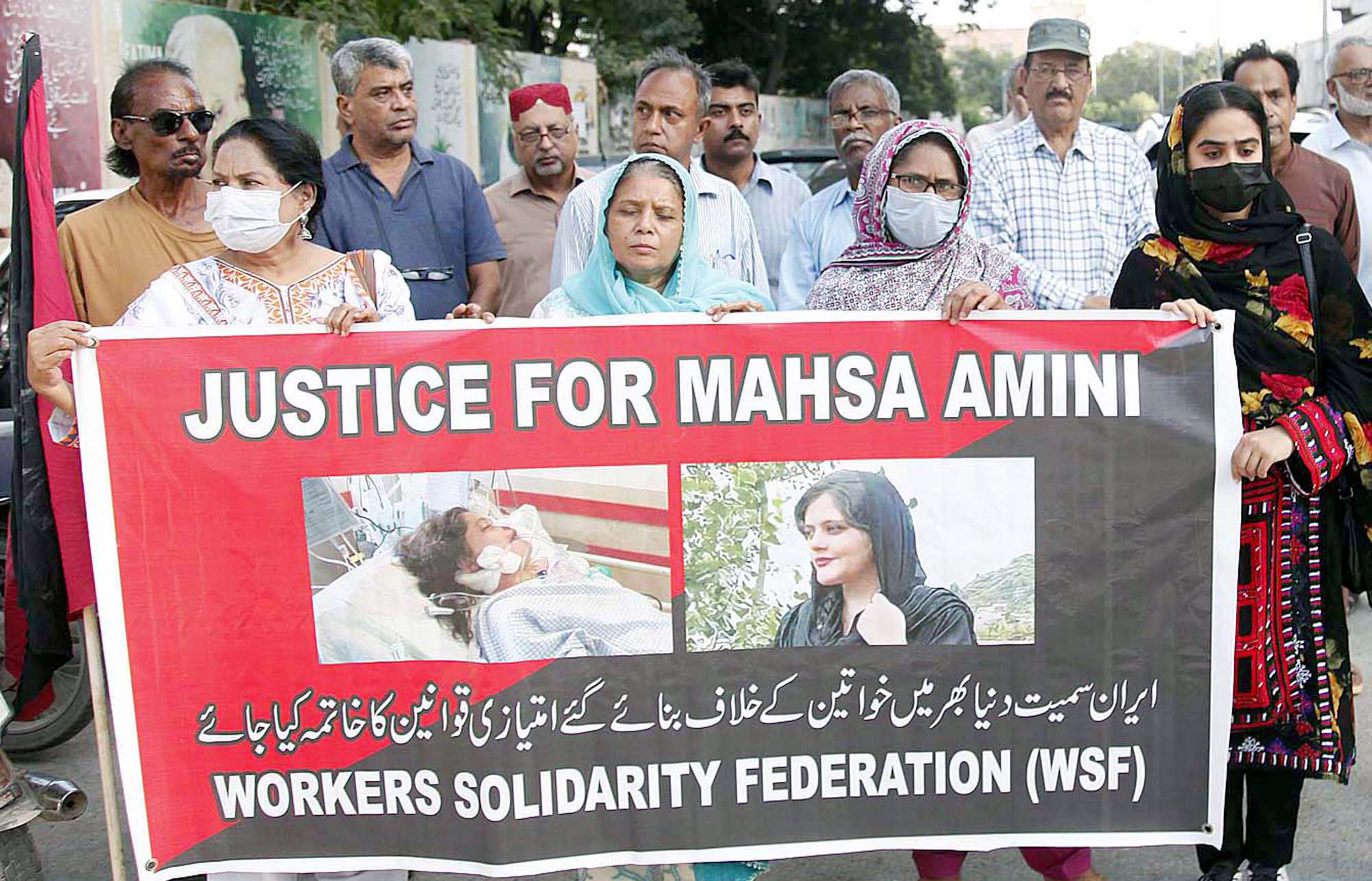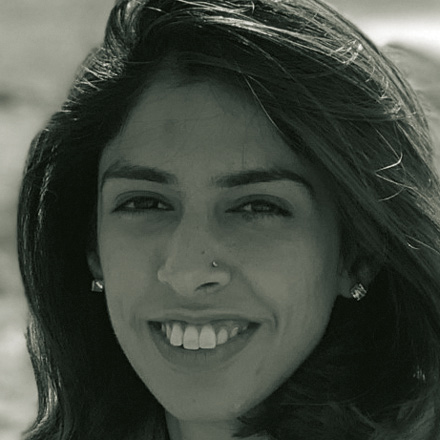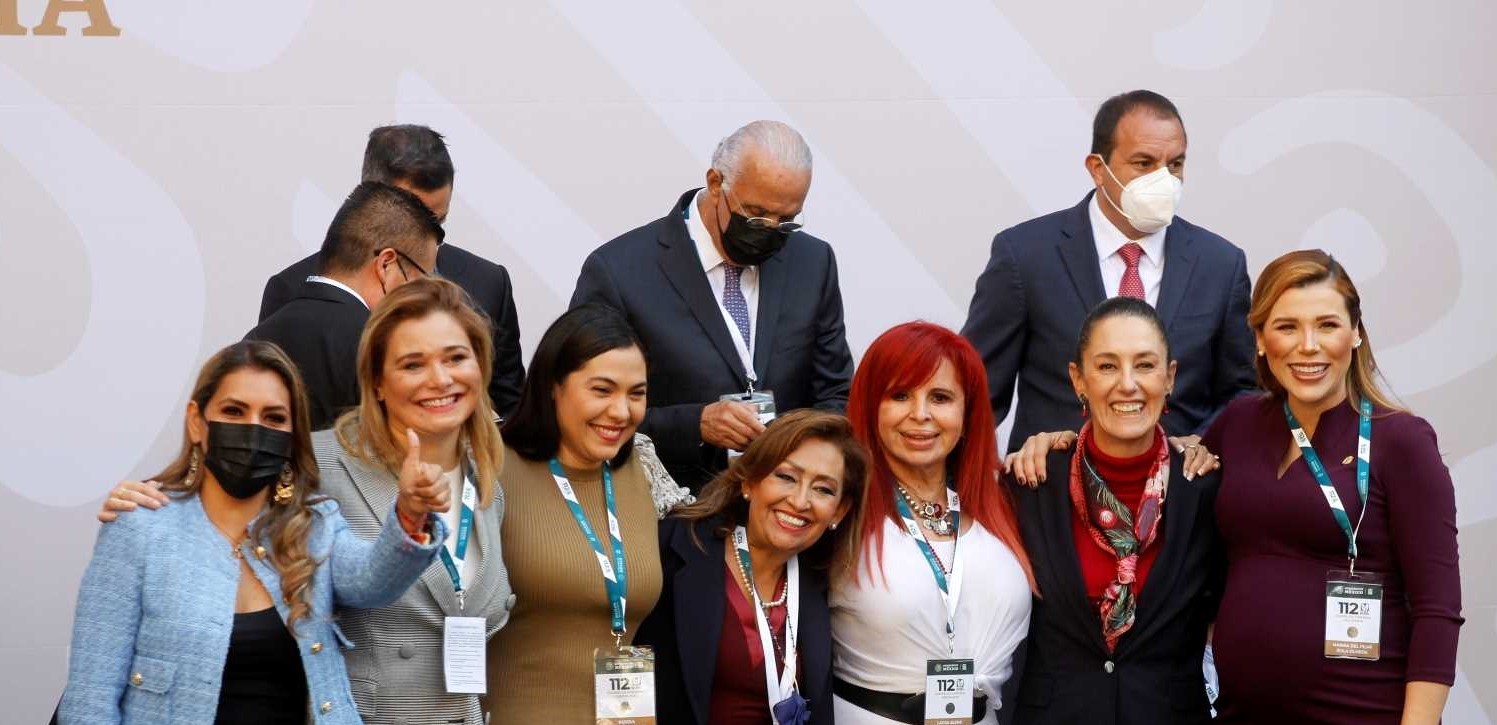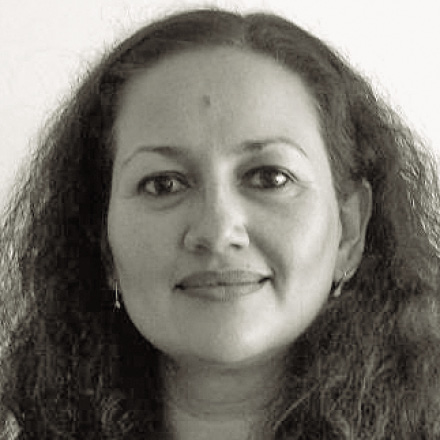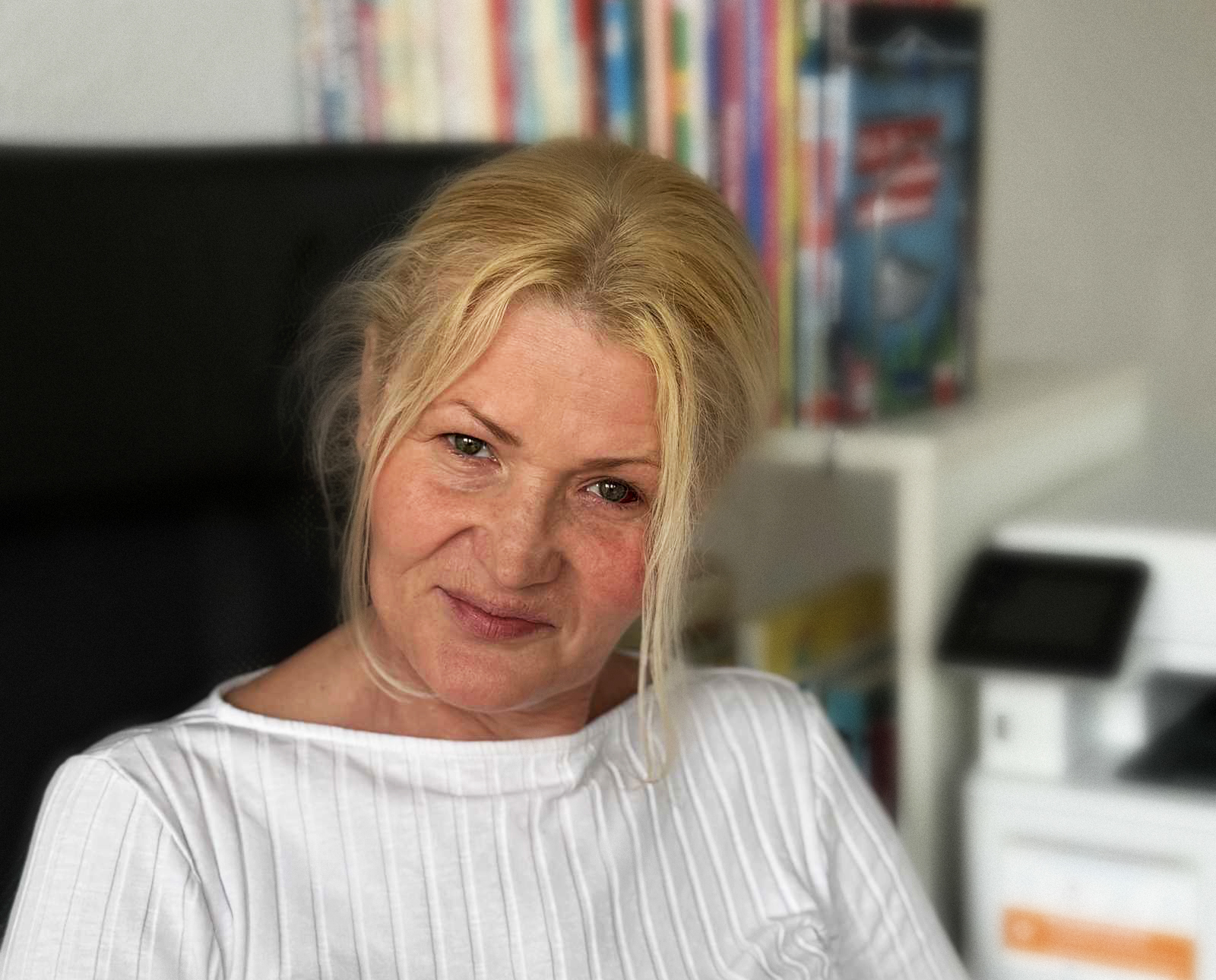Sexism
Media can foster or fight violence against women
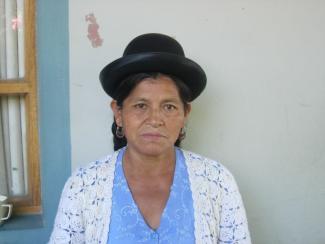
At the Global Media Forum in Bonn, Germany, in summer, one of the topics discussed was the influence of media on stereotype images of women, particularly in regard to violence against women and girls. Gender-offensive language in the media can exacerbate problems, and so can reporting based on stereotypes. Several organisations hosted an event to assess coverage. They included the network Gender@International Bonn, GIZ, Deutsche Welle, the state government of North Rhine-Westphalia and the German national committee of UN Women.
In some countries, the situation is dire. According to UN statistics, 90 % of women in Egypt experience some kind of sexual harassment every day. However, this fact is not reflected in Egyptian media at all. A typical way of reporting gender-based violence is belittling it, says Rasha El-Ibiary, who teaches mass media at the Future University in Egypt. “Rape is reported as sexual harassment, and sexual harassment is reported as flirting,” she explains.
According to El-Ibiary, often women are victimised twice because they are blamed for the violence they have suffered. “Even in the media, it is asked ‘why was she on the street alone?’ or ‘what was she wearing?’,” El-Ibiary says. “These are not individual incidents, but part of a greater social context.”
Jaafar Abdul-Karim, a German-Lebanese TV presenter, says that patriarchal attitudes are an underlying reason for such misleading media coverage. German writer and activist Vincent-Immanuel Herr puts it bluntly: “Media are controlled by men, and sexual violence is exerted by men against women,” he explains. In both situations, he points out, men are in positions of power. On the other hand, Herr considers men themselves to be negatively affected by the “poison of sexism”, because “it lowers all of society’s standard of living.”
However, as Herr points out, men also “need to fight against objectification of women.” An international campaign doing exactly this is “He for She”, run by the UN Women Solidarity Movement for Gender Equality.
The role of the media in regard to gender-related violence has been discussed for a long time. Article 8 of the Inter-American Convention of Belém do Pará (1994) obliges member nations to “strengthen media to work out guidelines which help to eliminate all forms of violence against women and to enhance respect for the dignity of women.”
Accordingly, the Press Council of Peru has identified a pattern in the typical reporting of violence against women:
- cases of violence are presented as scandals,
- the focus is on police activities, and
- there is no debate on violence as such.
The Press Council also noted that the media normally only use women for their sexual-visual appeal, and that hardly any female journalists work in positions of leadership.
As a contribution to the “National Plan against Violence against Women”, the Press Council published a guideline in 2012. It recommends:
- considering violence a violation of human rights,
- protecting victims, for example by not showing their pictures or indicating their names,
- publishing information such as the phone numbers of agencies that offer support to victims,
- not justifying perpetrators,
- providing follow-up stories and
- reporting on initiatives that aim to stem gender-related violence.
Some countries have gone beyond guidelines. Ecuador’s constitution, for example, prohibits in Article 19 the promotion of violence, discrimination and sexism in the media. In Bolivia, which has a high incidence of gender-based violence (see D+C/E+Z, 2015/05, p. 14 ff.), the Ministry of Communication is obliged by law to run media campaigns on the matter.
Sheila Mysorekar
Links
“He for She”: UN Women Solidarity Movement for Gender Equality.
http://www.heforshe.org/en
Global Media Forum:
http://www.dw.com/gmf
Consejo Consultivo de Radio y Televisión, Peru:
http://www.concortv.gob.pe/investigacion/

